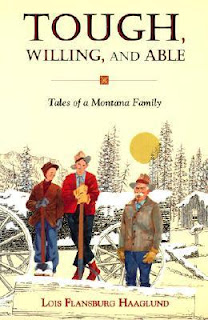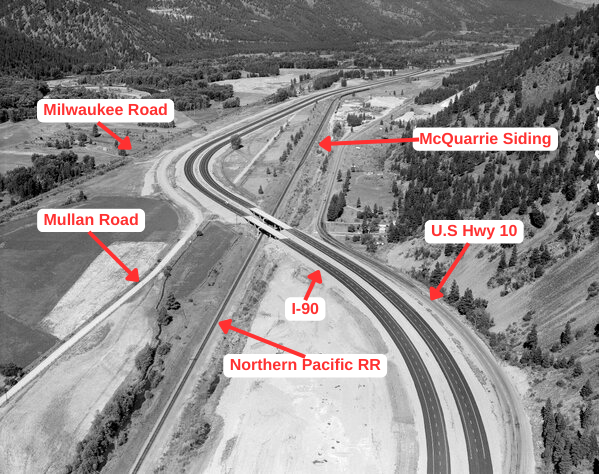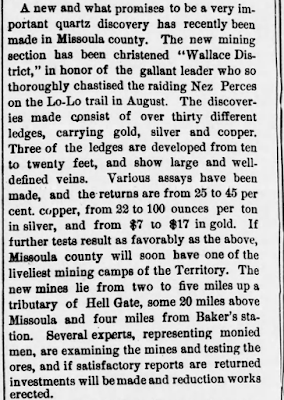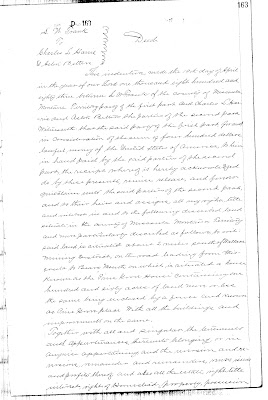Tough, Willing, and Able: Tales of a Montana Family

I visited the Lewis and Clark Library in Helena earlier this month. While there, I decided to see if they had anything in their collection that would be useful for my research. They did! The book, Tough, Willing, and Able by Lois Flansburg Haaglund "tells the story of the Flansburgs, a logging family in Clinton, Montana, whose combined courage sustains them through the hardships of the Great Depression and beyond." Not only did the library have this book in its collection, it was in circulation and it was on the shelf, so I checked it out. I'm pretty sure I had heard about this book before, but even when I had a copy of it in my hands at the Lewis & Clark Library, I didn't fully understand its potential relevance to my family history research. The Flansburg name was familiar to me, though, and since the book was about a logging family in Clinton, I figured it was worth a read, in case there was some useful information in it. I realized later why the Flansburg name








